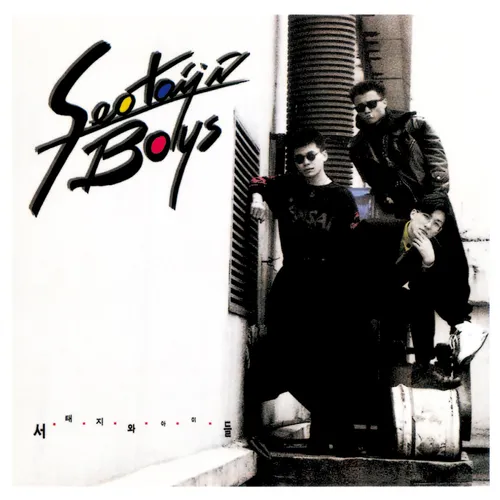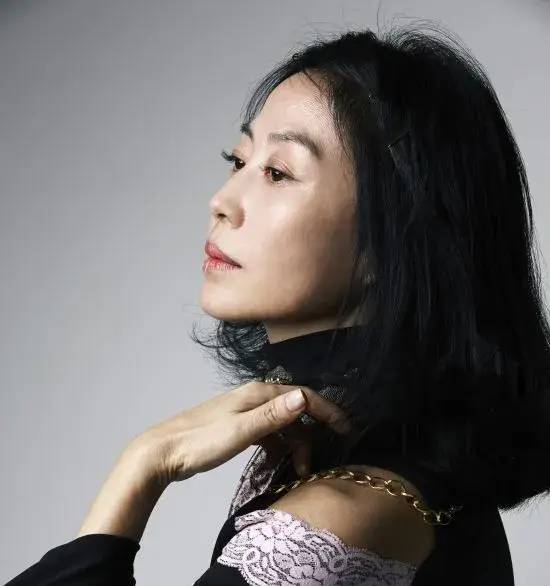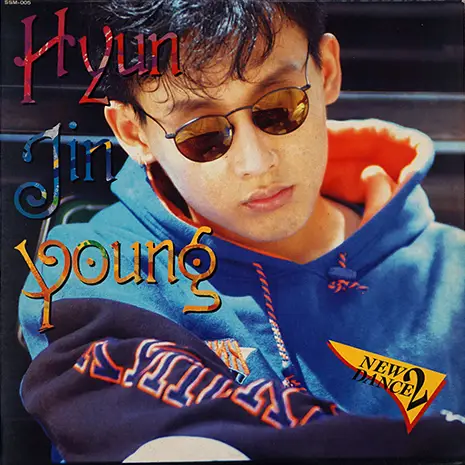
Seo Taiji and Boys was a revolutionary South Korean music group that fundamentally transformed the landscape of Korean popular music and youth culture in the 1990s. Active from 1992 to 1996, the group consisted of Seo Taiji (Jeong Hyeon-cheol), Yang Hyun-suk, and Lee Juno. Their influence is so deep and far-reaching that they are often credited as the true pioneers of what would later become the global phenomenon of K-pop.
Origins and Formation
Seo Taiji, originally a bassist and songwriter in the heavy metal band Sinawe, left the group in 1991, seeking new musical horizons. Fascinated by the possibilities of MIDI technology and contemporary Western music, he began experimenting with sounds that were virtually unheard of in Korea at the time. Seo Taiji’s quest for innovation led him to Yang Hyun-suk, a top street dancer, and Lee Juno, another acclaimed dancer. The three formed Seo Taiji and Boys, aiming to create music that fused Western genres—such as new jack swing, hip-hop, rock, and techno—with Korean sensibilities.
Groundbreaking Debut
Their official debut took place on April 11, 1992, on the televised talent show “MBC Riverside Song Festival.” They performed “Nan Arayo” (“I Know”), a song that blended rap, catchy hooks, and dance beats. The judges, unfamiliar and perhaps uncomfortable with this new sound, gave them the lowest possible score. However, the Korean public had a different reaction. “Nan Arayo” exploded in popularity, dominating music charts, and selling over 1.5 million copies within a month. The song’s infectious rhythm, bold choreography, and fresh style captivated a generation. It is now regarded as the song that marked the birth of modern K-pop, introducing rap and American-style dance music to Korean audiences and setting a new standard for performance and production.
Musical Evolution and Hit Albums
Following their debut, Seo Taiji and Boys released a string of hit albums, each more ambitious than the last. Their self-titled debut album featured not only “Nan Arayo” but also “You In the Fantasy” and “My Everything,” showcasing a remarkable range of styles. Their second album, released in 1993, included the hit “Hayeoga” (“Anyhow Song”), which incorporated heavy metal and alternative rock influences, further expanding the boundaries of Korean pop. The group’s third album, “Balhaereul Ggumggumyeo” (“Dreaming of Balhae”), continued their genre-blending experimentation, while their fourth and final album, “Come Back Home,” embraced hip-hop and social commentary.
Social Commentary and Cultural Impact
One of the most significant aspects of Seo Taiji and Boys was their willingness to address social issues in their lyrics. At a time when Korean pop music was largely focused on love and heartbreak, Seo Taiji and Boys wrote songs about the pressures of the education system, generational conflict, and the struggles of youth. “Classroom Idea” (“Gyoshil Idea”) criticized the rigid and oppressive Korean school system, resonating deeply with students who felt trapped by academic expectations. “Regret of the Times” (“Shidae Yugam”) was a direct critique of social and political issues, so much so that it drew the ire of government censors. The Korean Broadcasting Ethics Committee attempted to ban or alter their music, but the group’s immense popularity made censorship nearly impossible. Their defiance played a key role in the eventual abolition of pre-censorship in Korean music, opening the door for greater artistic freedom.
Fashion, Choreography, and Visual Innovation
Seo Taiji and Boys were also fashion icons, introducing baggy pants, baseball caps, and bold streetwear to Korean youth. Their style, attitude, and music videos—heavily influenced by Western acts like Technotronic and Snap!—set trends that would be emulated by countless artists in the years to come. The group’s choreography was equally groundbreaking, with complex dance routines that became a hallmark of K-pop performances. Their music videos were among the first in Korea to feature elaborate sets, storylines, and advanced editing techniques.
Commercial Success and Industry Transformation
The group’s commercial success was unprecedented. Each of their first three albums sold over 1.6 million copies, and their fourth album approached two million in sales, making them some of the best-selling albums in South Korean history. They won numerous awards, including the Grand Prize at the Seoul Music Awards in consecutive years. Their concerts drew massive crowds, and their television appearances were must-watch events for young Koreans.
Beyond music and fashion, Seo Taiji and Boys had a profound impact on the structure of the Korean music industry. Before their arrival, television networks held significant control over which artists could succeed. Seo Taiji and Boys, however, produced their own music, managed their own image, and communicated directly with fans, bypassing many traditional gatekeepers. This independent approach inspired a new generation of artists and led to the rise of powerful entertainment agencies, such as SM, YG, and JYP, which would later dominate the K-pop landscape.
Post-Disbandment and Member Legacies
Their influence is also evident in the careers of the group members after disbandment. Seo Taiji launched a highly successful solo career, continuing to push musical boundaries and addressing social issues in his work. Yang Hyun-suk founded YG Entertainment, one of the “Big Three” K-pop agencies, nurturing global stars like BIGBANG, 2NE1, and BLACKPINK. Lee Juno, while less prominent, remained an influential figure in dance and choreography.
Seo Taiji and Boys disbanded suddenly in 1996, at the height of their fame. Their decision shocked fans and the industry alike, but their legacy only grew in the years that followed. They are widely recognized as the group that laid the foundation for the Korean Wave (Hallyu), the global spread of Korean pop culture. Their innovative blend of Western and Korean musical elements, their bold social commentary, and their challenge to the status quo continue to inspire artists and fans alike.
Lasting Legacy
The group’s music remains popular today, with “Nan Arayo,” “Come Back Home,” and “Hayeoga” frequently cited as some of the greatest K-pop songs of all time. Their albums are considered classics, and their influence can be seen in the work of virtually every major K-pop act that followed. Seo Taiji and Boys are more than just a musical group—they are a cultural phenomenon that changed the course of Korean music and youth culture forever.
Conclusion
In conclusion, Seo Taiji and Boys were trailblazers who redefined what was possible in Korean popular music. Their fearless experimentation, social consciousness, and independent spirit set new standards for creativity and authenticity. They empowered a generation to question authority, express themselves, and embrace change. The modern K-pop industry, with its global reach and artistic diversity, owes much of its existence to the path forged by Seo Taiji and Boys. Their story is a testament to the power of music to inspire, challenge, and transform society.



